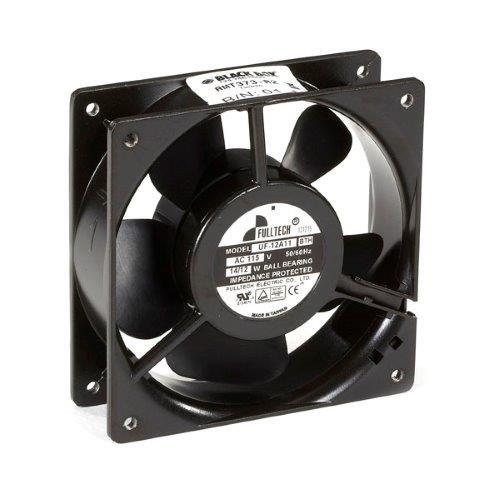For emergency situations, response time can literally be a matter of life or death.
For example, a study by the National Institutes of Health (NIH) concluded that mortality risk was more than three times higher (1.58% vs. 0.51%) for patients whose response time exceeded five minutes vs. those whose response time was under five minutes.
Having access to the right information, being able to make good decisions, and taking prompt action are vital for 911 emergency response operators. There are over 6,000 Public Safety Answering Points (PSAPs) in the U.S., and unfortunately, there are far too many 911 operations centers with sub-optimal operator (call taker) set-ups. With the need to access so much information, 911 operator desktops typically have four or more monitors at their workspace. These monitors are often connected to local desktop PCs, with each monitor and PC having a separate keyboard.
This type of set-up is inefficient, distracting, and a source of unneeded fatigue for the operator by:
So, how can this situation be improved? There are two separate issues that can be solved with KVM technology – the operational impact of having multiple keyboards, and the distraction of noise and heat from the local PCs.
One way to have a single keyboard and mouse is to have just one PC with a multi-head graphics card that can output to four or more monitors. While this may be a low cost and relatively simple solution to implement, the challenge with this situation is that all applications are running on a single PC, which can reduce performance for all applications and also cause the loss of all applications if (when) the system needs to be rebooted. The worst time of course would be from a system lock-up during a live call.
It’s far more common for 911 call takers to have multiple PCs, one for each application. This reduces the risk that should any particular PC lock up or fail, the other ones will still be operating. This set-up typically results in the 911 call taker having multiple keyboards and mice on their workspace.
A possible solution is with special software installed on each computer in a multi-PC set-up. In this scenario, one PC acts as the primary and the others as secondary systems. This approach can be risky due to the inter-dependency created between PCs and potential for lock-ups that require rebooting. This type of solution may be suitable for low-performance and low-use applications, but definitely not for a 24x7 mission-critical operation like a 911 call center.
Traditional desktop KVM switches are an improvement over software-based solutions, but typically require the operator to push a button to switch between systems. While this is an improvement over physically switching keyboards and mice, it still introduces delay to the operator workflow.
For multi-PC set-ups, the most efficient solution is to use a dedicated external KVM switch specially designed for high-performance applications like control rooms and operations centers. The Black Box Freedom II desktop KVM switch enables a single keyboard and mouse to operate all systems, even if they have different operating systems, or different versions of the same operating system (e.g. a combination of Windows 7, 8, and 10). The Freedom II switch provides instantaneous switching from system to system just by moving the mouse from screen to screen. There are no buttons to push, no switching delays and no software to install. Operation is seamless. Since there is no dependency between systems, a solution with Freedom II also enables operators to have a PC connected to the internet for outside information that is isolated from the critical 911 systems, but also accessible from the same keyboard and mouse. This “air-gap” approach prevents outside threats from impacting internal systems.
There is simply no better solution for improving 911 operator multi-PC desktops than the Black Box Freedom II switch.

911 operators are under tremendous stress and additional distractions could lower performance. Two distractions that are easily removed from the operator workspace are heat and noise from local PCs. Locating PCs in an area removed from the users requires KVM extension since native video and USB signals have limited distances. With KVM extenders, PCs can be removed from the operator’s workspace and placed in a secure server room. This not only removes the heat and noise generated by the equipment but also provides the IT team with a more accessible way to perform some types of system maintenance. KVM extenders can use dedicated CATx or fiber cable to carry the signals, or the signals can be extended over Ethernet (LAN).
Read our latest case study about how a 911 call center simplified desktops and improved operator response times.
Please visit our website to learn more about solutions for 911 call centers and emergency operations centers. Black Box can help you design a control room for your application.